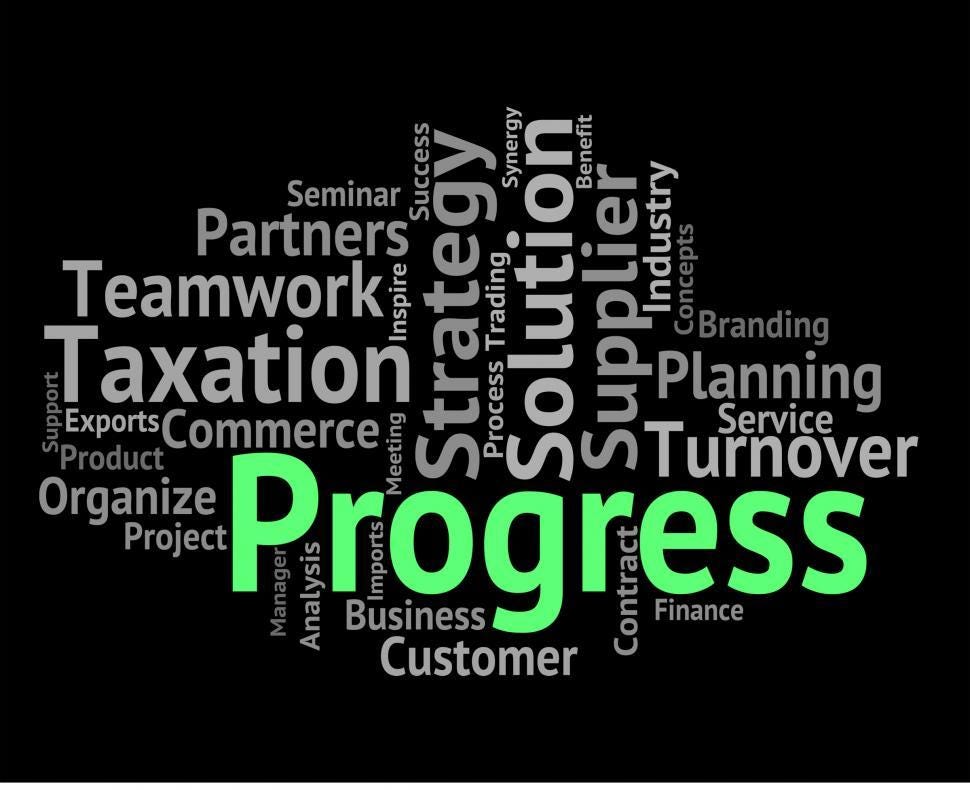From Insight to Action: How AI Can Help Finance Actually Move the Needle
Guest article by Asha P Pillai
The Illusion of Progress
Over the last year, AI has quietly entered the finance function. Whether it’s monthly dashboards, automated variance analysis, or natural language queries, many teams feel they’re already on the journey.
But here’s the hard truth: just generating faster or prettier reports is not transformation. It’s digitization, at best.
The real question we need to ask is:
What actions are we taking that we weren’t able to before AI?
If the answer is “none,” it’s time to rethink our approach.
Finance’s Real Opportunity with AI
The finance function has always been the brain of the enterprise — analytical, structured, and value-focused. AI, if used well, amplifies this. But if we only use it to surface the same metrics faster, we’re missing the bigger opportunity.
This is not about saving 3 hours on report preparation.
This is about catching margin leakage sooner.
This is about influencing pricing, cost, and cash flow in real time.
From Monthly Margins to Daily Decisions
Here’s a simple test: look at your most recent business review. Were the decisions obvious? Did the data flag where action was needed — and did it point to what kind of action?
Here’s what a stronger loop looks like:
Pricing & Discounts: AI can surface unusual discount trends in key geographies, triggering the sales head to review policy.
Collections: AI can detect likely default risk in customer clusters, prompting collector queues to be reprioritized.
Procurement: AI can spot early supplier payments versus terms, alerting the controller to enforce payment cadence.
Cost Centers: AI can highlight burn-rate anomalies mid-month, flagging the budget owner before overspend hits the books.
Revenue by Channel: AI can detect volume shifts with no cost alignment, triggering a margin reforecast.
The point? Insight is not enough. We need AI to flag issues early and nudge the business toward the right response.
Ask Better Questions, Not Build Better Tools
A common misconception is that to “do AI,” finance professionals need to learn how to code or train models. Not true.
What’s needed is the ability to ask sharper questions:
Are we seeing the same product margin erosion across regions?
Which customers have delayed payments three cycles in a row?
Why is one vendor being paid 20 days early, every month?
These are finance questions — not AI prompts. But AI tools today can help answer them quickly, if we design our systems to listen.
Don’t Just Flash a Metric. Flag the Risk.
Today’s LLM-powered dashboards can do a lot. But the best ones are built with intent: not just to show the number, but to flag the problem.
Here’s what the upgraded system needs:
A flag – What has gone outside an expected range?
A trigger – Who needs to be notified, and what’s the response time?
A narrative – Can the AI explain, in plain English, why this is happening?
This is where finance must take the lead. The value isn’t in the UI — it’s in the governance behind it.
Where to Begin
Finance teams can take a few small steps that unlock big value:
Audit your current dashboards. What’s getting read vs. acted upon?
Identify 3 KPIs where faster action drives better outcomes.
Work with your tech team to add alerts and thresholds.
Get AI tools to narrate the variance, not just show it.
Pilot a use case where AI flags an issue before the close.
The Future Finance Team is an Action Engine
The best finance functions of the future will not just report performance. They will shape it.
AI is simply the lever — a very powerful one — to help us do that faster, smarter, and at scale. But the human role remains central: to frame the right questions, to architect the right flow, and to follow through with decisions.
Because a dashboard that doesn’t lead to a decision… is just a screen.


